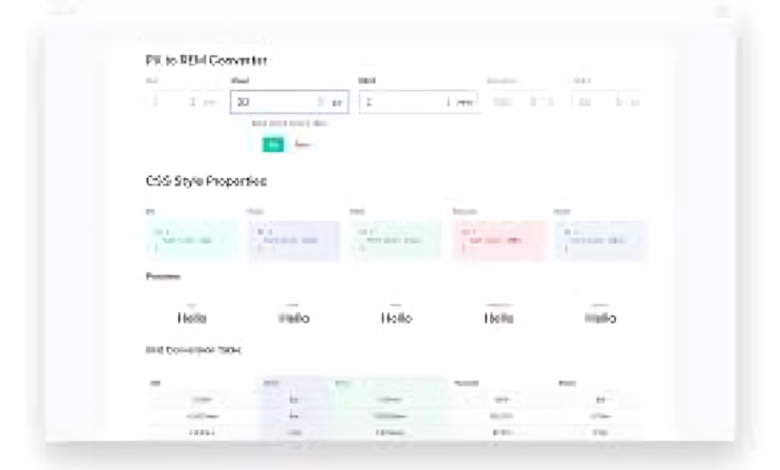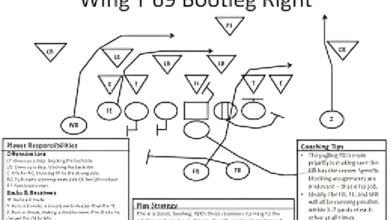How to Convert PX to REM A Simple Guide for Modern Web Design

In web design and development, creating responsive and accessible layouts is crucial. One technique widely used to achieve this convert px to rem is converting pixels (px) to relative em (rem) units. By transitioning from static pixels to the more dynamic rem unit, developers ensure their designs adapt seamlessly to various screen sizes and user preferences. In this article, we’ll explore the px-to-rem conversion, why it matters, and how to use it effectively in your web projects.
Understanding PX and REM
Before diving into the conversion process, let’s clarify what px and rem represent:
- Pixels (px):
Pixels are absolute units of measurement in web design. They represent a fixed size that does not change convert px to rem based on user settings or screen dimensions. For example, a font-size of 16px will appear the same regardless of device resolution. - Relative em (rem):
REM stands for “root em” and is a relative unit based on the root element’s font size, typically set on the<html>element in CSS. This makes rem units flexible and scalable, allowing web content to adapt to user preferences, such as browser zoom settings or custom font sizes.
Why Use REM Over PX?
While pixels offer precision, rem units provide flexibility. Here’s why you should consider converting px to rem:
- Scalability:
REM units scale based on the root font size. This means when a user increases their browser’s font size, the entire design adjusts proportionally. - Accessibility:
Many users rely on accessibility features, like zooming or increasing font size for readability. Using rem ensures your site respects these settings. - Responsive Design:
REM-based layouts are more fluid, adapting better to various screen sizes and resolutions. - Future-Proofing:
With REM, your design stays consistent across devices with different screen densities and resolutions.
How to Convert PX to REM
The formula for converting px to rem is straightforward:
plaintextCopy coderem = px / root font size
Here’s a breakdown:
- Determine the Root Font Size:
The default root font size in most browsers is 16px. This value can be modified in your CSS, but unless convert px to rem explicitly changed, you can assume 16px as the base. - Divide the PX Value by the Root Font Size:
For example, if you have a 32px element:plaintextCopy code32px ÷ 16px = 2rem - Update Your CSS:
Replace px values with the corresponding rem value for scalable results.
Step-by-Step Example
Imagine you’re designing a website with the following font sizes in pixels:
cssCopy codeh1 {
font-size: 48px;
}
p {
font-size: 16px;
}
button {
font-size: 14px;
}
To convert these into rem units:
- Root Font Size = 16px
Use 16px as the divisor. - Calculate REM Values:
h1:
48px÷16px=3rem48px \div 16px = 3rem48px÷16px=3remp:
16px÷16px=1rem16px \div 16px = 1rem16px÷16px=1rembutton:
14px÷16px=0.875rem14px \div 16px = 0.875rem14px÷16px=0.875rem
- Update Your CSS:cssCopy code
h1 { font-size: 3rem; } p { font-size: 1rem; } button { font-size: 0.875rem; }
Automating PX to REM Conversion
Manually convert px to rem converting px to rem for every element can be tedious, especially for larger projects. Fortunately, there are tools and techniques to simplify the process:
- CSS Preprocessors (Sass/LESS):
Use functions or mixins to automate the conversion. For example, in Sass:scssCopy code@function px-to-rem($px, $base: 16) { @return $px / $base * 1rem; } h1 { font-size: px-to-rem(48); } - Online Tools:
Websites like PXtoREM.com or UnitConvert.io provide instant conversions. Just input your px value and root font size to get the rem equivalent. - CSS Clamp Function:
Combine rem with other units using theclamp()function for responsive sizing:cssCopy codeh1 { font-size: clamp(2rem, 5vw, 3rem); }
Best Practices for Using REM in Web Design
While rem offers many benefits, its effectiveness depends on how you implement it. Here are some tips to ensure success:
- Set a Consistent Root Font Size:
Define the root font size on the<html>element to maintain consistency:cssCopy codehtml { font-size: 16px; /* Default value */ } - Use REM for Typography and Layouts:
Apply rem units for fonts, margins, paddings, and spacing. For example:cssCopy codebody { margin: 2rem; } - Fallbacks for Older Browsers:
For better compatibility, provide px-based fallbacks:cssCopy codep { font-size: 16px; /* Fallback */ font-size: 1rem; } - Combine REM with Media Queries:
Use rem units within media queries for scalable responsiveness:cssCopy code@media (max-width: 768px) { body { font-size: 0.875rem; /* Smaller root font size */ } } - Avoid Overriding the Root Font Size:
Changing the root font size dynamically can cause cascading issues. Use percentages for minor adjustments:cssCopy codehtml { font-size: 100%; /* Keeps default 16px */ }
Common Mistakes to Avoid
- Ignoring Accessibility Needs:
Avoid hardcoding pixel values alongside rem units, as it defeats the purpose convert px to rem of scalability. - Misinterpreting REM Behavior:
Remember, rem is always relative to the root font size, not its parent element. This distinguishes it from the standard em unit. - Inconsistent Root Font Sizes:
Changing the root size arbitrarily across pages can confuse users and developers.
Why PX to REM Conversion Matters
Converting px to rem isn’t just about following trends; it’s about building web designs that are flexible, accessible, and future-proof. Whether you’re working on a portfolio, e-commerce platform, or blog, adopting rem units ensures your design remains robust across devices.
- Improved User Experience:
With rem, users have better control over how they interact with your site. - SEO Benefits:
Search engines favor accessible and responsive designs, which rem facilitates. - Easier Maintenance:
Adjusting one root font size can scale an entire layout, simplifying updates and consistency.
Conclusion
Converting px to rem is a small step with a significant impact on modern web design. By embracing relative units convert px to rem like rem, developers can create designs that are not only aesthetically pleasing but also inclusive and functional. Start applying these principles today to make your web projects more user-friendly and adaptive.
Whether you’re a beginner or a seasoned developer, mastering px-to-rem conversion will elevate your web design skills, ensuring your sites look and perform well for every user. So, why wait? Start converting px to rem and see the difference it makes!




